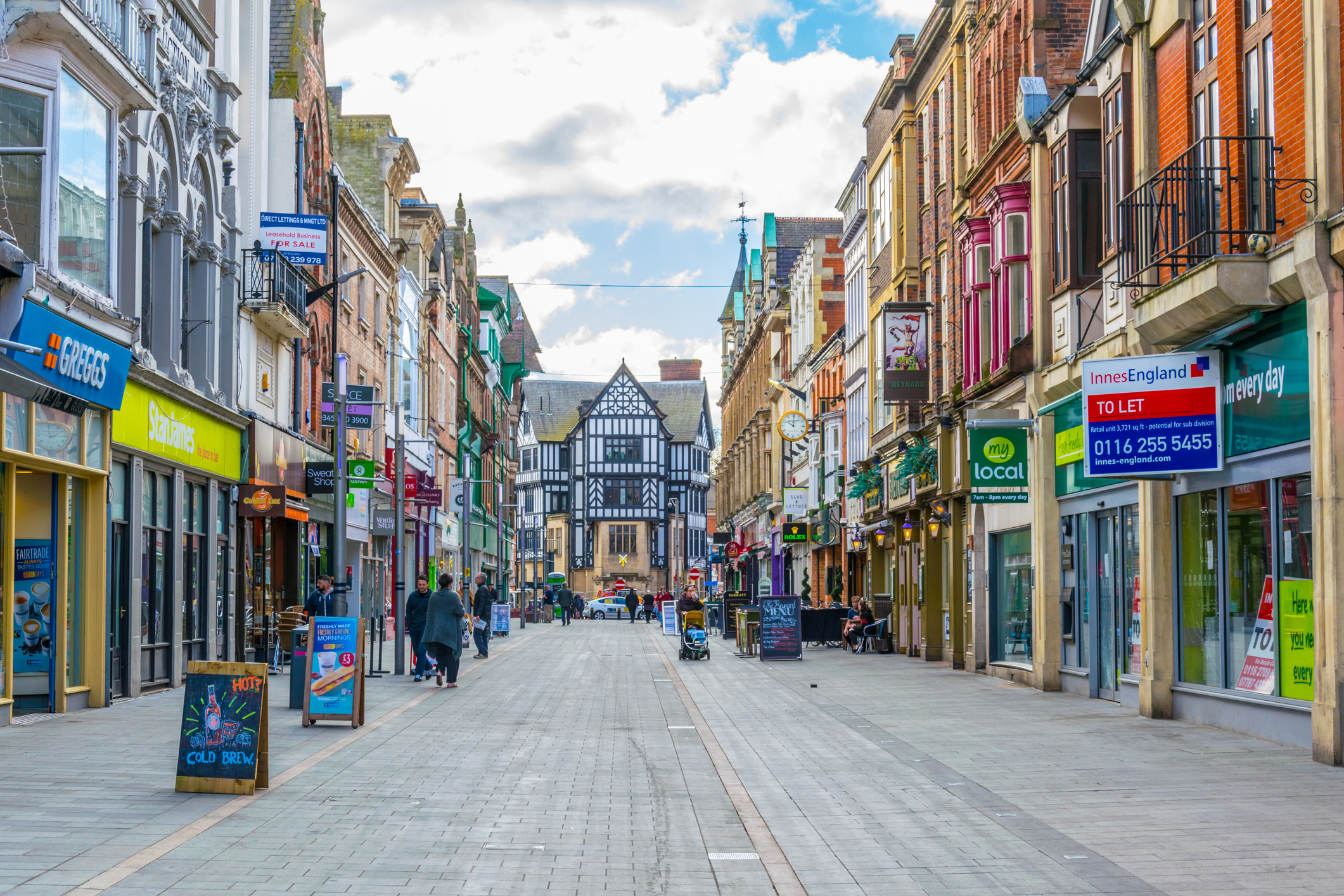On 5th July, the Sunday Times published the findings of its investigation into the upsurge in COVID-19 cases in Leicester, which showed that the rise was in part caused by outbreaks in the city’s garment factories. In these factories, many workers are allegedly paid below minimum wage (some as low as £3.50 an hour) and forced to work in cramped, unsafe conditions. The National Crime Agency has since announced it is investigating the city’s textile industry following claims that these workhouses – commonly referred to as “sweatshops” – continued to operate during the pandemic.
Leicester has a long history as a textiles giant. Following the industrial revolution, it became known as a leading manufacturer of accessibly priced knitwear and footwear. Its textile industry was so successful, it reached the number two spot in the League of Nations’ list of the wealthiest cities in Europe in 1936.
The use of sweatshops, usually small factories with workers who are underpaid and forced to operate in unsafe conditions, is still widespread in the fashion industry despite the advent of modern labour and safety laws. However, the practice is commonly viewed as being confined to developing nations, where labour laws are non-existent, far more lenient than those in developed nations, or are poorly enforced. While it is true that many sweatshops exist in developing nations – War On Want estimates that in Bangladesh, for example, 3.5 million workers produce clothes in sweatshops for export to the global market – many sweatshops have moved to developed nations in order to reduce the cost of transportation and export. The increasing popularity of fast fashion – the rapid production and sale of fashion clothes that reflect the most up-to-date fashion trends – has nudged the garment industry to produce clothes as close to the end consumer as possible.
The existence of sweatshops in Leicester has been something of an open secret for many years. In 2017, the chief executives of clothes retailers ASOS and New Look described the situation in the city as “a ticking time bomb.” It was known that workers were exploited in the city, the majority of whom are women from different countries who speak little English and so lack opportunities to find help. This situation is typical of sweatshops in general: a 2009 study from UCLA on sweatshop workers found that 85% to 90% of exploited workers are women, with some employers forcing them to use birth control and take routine pregnancy tests in order that they may avoid supporting workers’ maternity leave or other associated health payments.
A 2017 article in Vogue magazine on the fashion industry’s exploitation of workers in Leicester claimed that the majority of sweatshop workers in the city enter the UK on a six-month visa and work every hour possible before returning home. Many of these factories have fewer than 20 workers, and their small size enables them to evade investigation or intervention from the relevant authorities.
What Can Be Done To Prevent The Use Of Sweatshops?
The COVID-19 pandemic has highlighted the existence of sweatshops in the UK and broadened public knowledge of the problem. Due to a combination of public pressure and pressure from the authorities, at least one fashion retailer implicated has taken a financial hit. After investigations into the Sunday Times’ claims, shares of fashion retailer Boohoo plummeted by a third, wiping £1.5bn off its global valuation. Major clothing distributors ASOS and Amazon also dropped Boohoo from its supply chains. As a result, Boohoo has launched an independent investigation into its supply chain and the treatment of its garment factory workers.
Public and financial pressure on companies to ensure they do not use sweatshop labour may lead to change in the industry. Boycotts and information campaigns can lead to change: the Sunday Times investigation into the use of sweatshop factories in Leicester demonstrates this. Even small changes in the working environment and for end consumers can have a large impact on sweatshop workers: a 2003 study showed that doubling the salary of sweatshop workers would only increase the consumer cost of an item by 1.8%. It also found that consumers are, on average, willing to pay 15% more than the usual market price to know a product did not come from a sweatshop.
